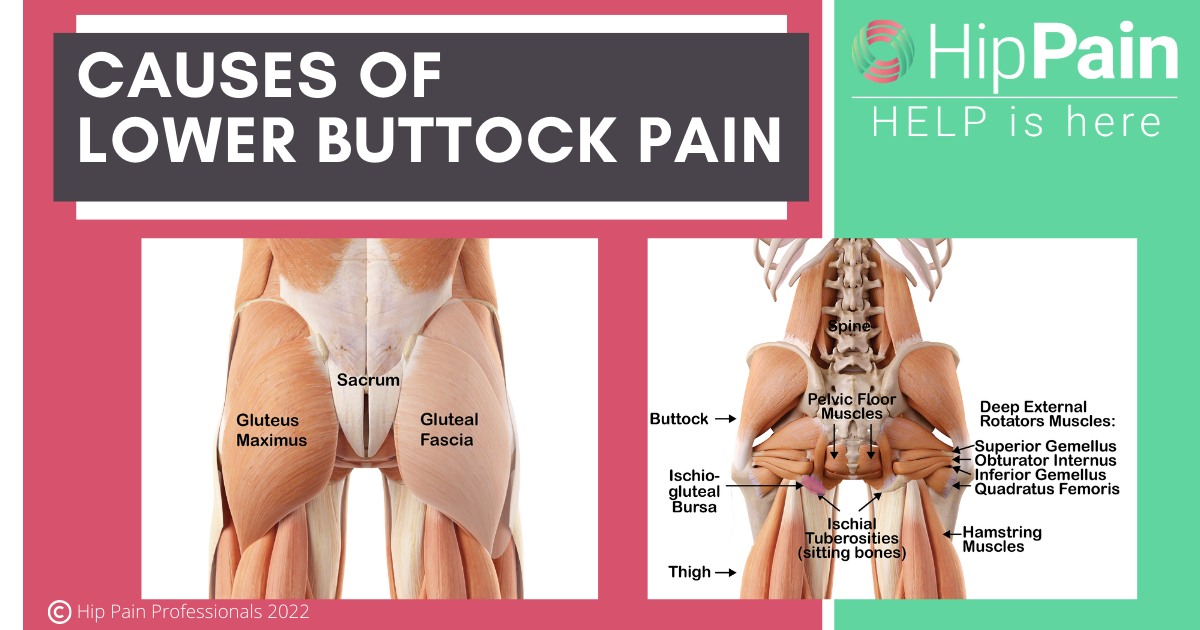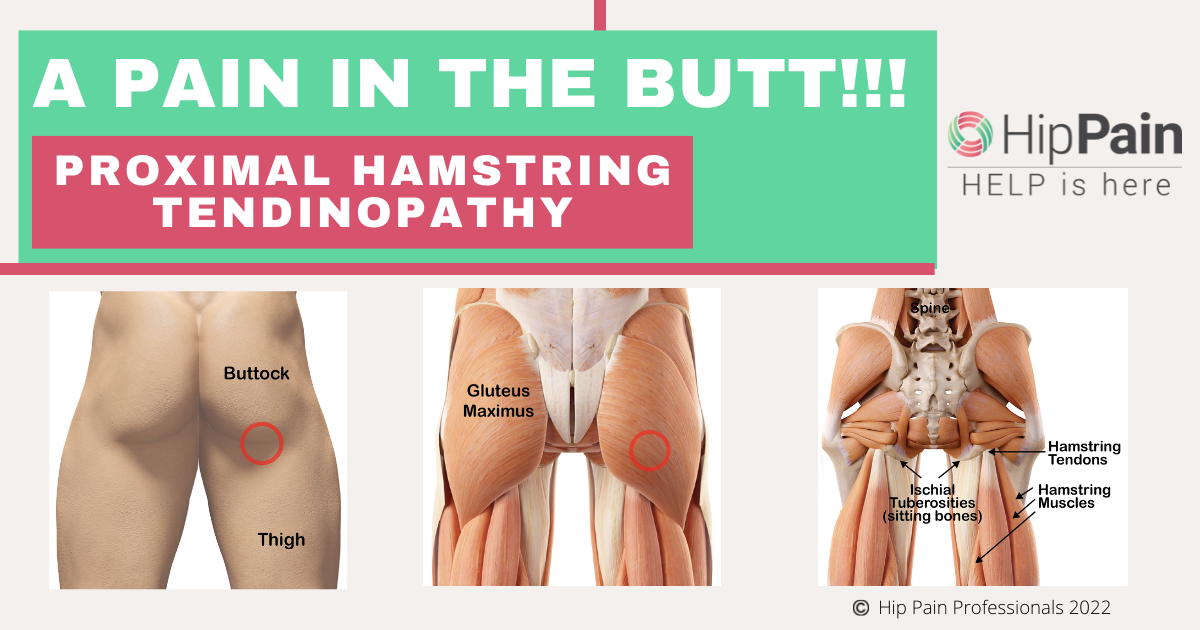To Understand Adductor Related Groin Pain Learn About the Adductor Muscles
The adductor muscles of the groin sit on the inner side of the thigh, between the pelvis and the knee. This group of muscles includes:
- the adductor magnus (large adductor),
- the adductor longus (long adductor)
- the adductor brevis (short adductor), that sits underneath the adductor longus muscle
- the gracilis (a long strappy muscle)
- pectineus (a smaller muscle)
These muscles can be involved in other roles but primarily work to pull the legs inwards, towards each other (adduction). They also help control the energy of the moving leg or the moving body during kicking actions and changing direction when running. As the body moves away from the planted foot when ‘cutting’ or dodging, the inner thigh muscles have to control the momentum of the moving body.

The adductor longus and often the brevis too, have extensive connections through the groin, into:
- the abdominal muscles at the front of the trunk
- the inner thigh (adductor) muscles of the opposite side.
- the joint at the front of the pelvis (pubic symphysis) and the blend of fibrous tissue that runs across this joint (the pubic aponeurosis)

The abdominal muscles extend from the ribcage down to the pelvis, supporting the spine and allow the trunk to curl up forwards or to the side. They also help control the position of the pelvis. The rectus abdominis (the ‘6 pack’ muscle) joins onto the pubic bone and connects into the adductor muscles and the pubic aponeurosis. There are also another 3 layers of abdominal muscles (external oblique superficially, internal oblique beneath and transversus abdominis deepest) that wrap around your body like a corset. At the front, they join into a big ligament that runs across the groin – the inguinal ligament.












